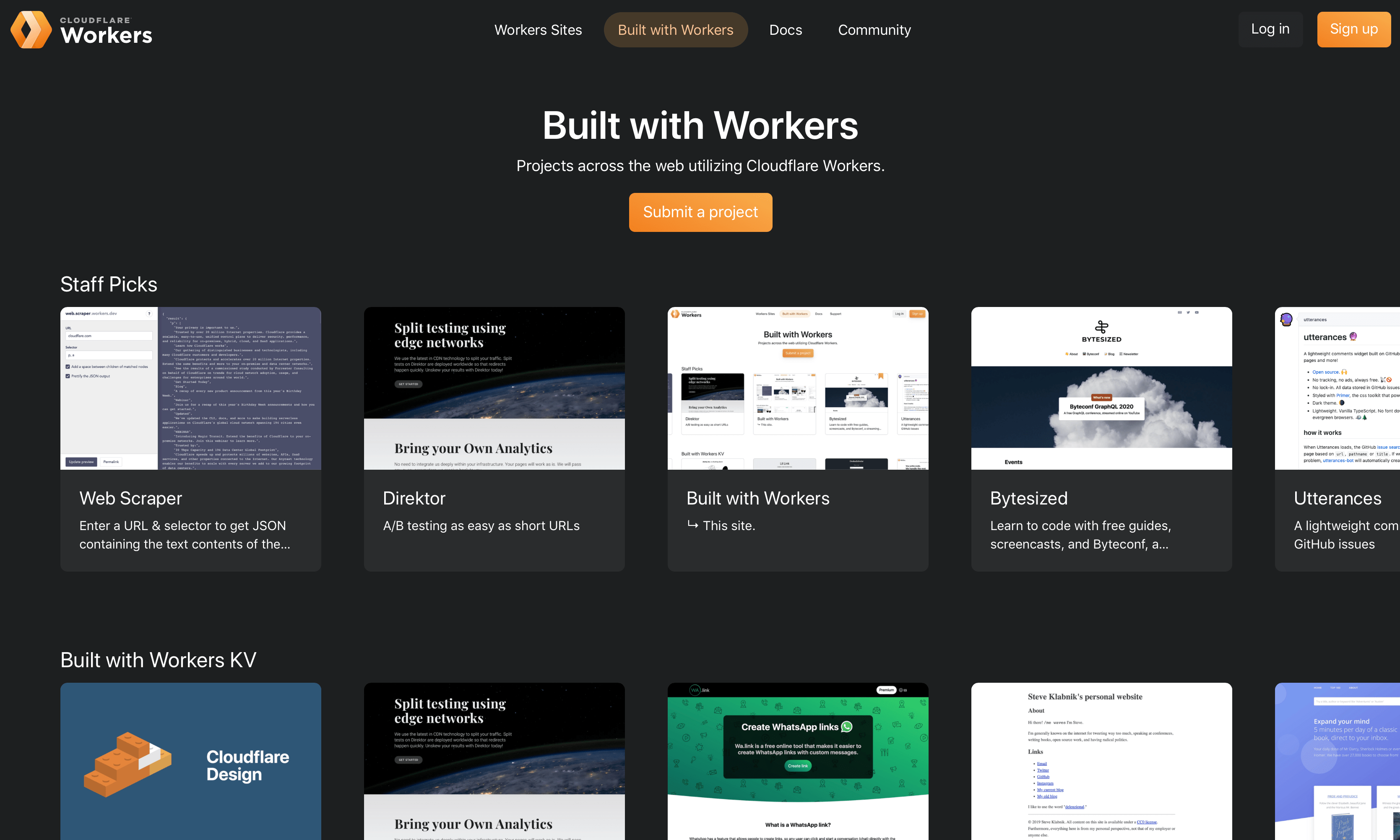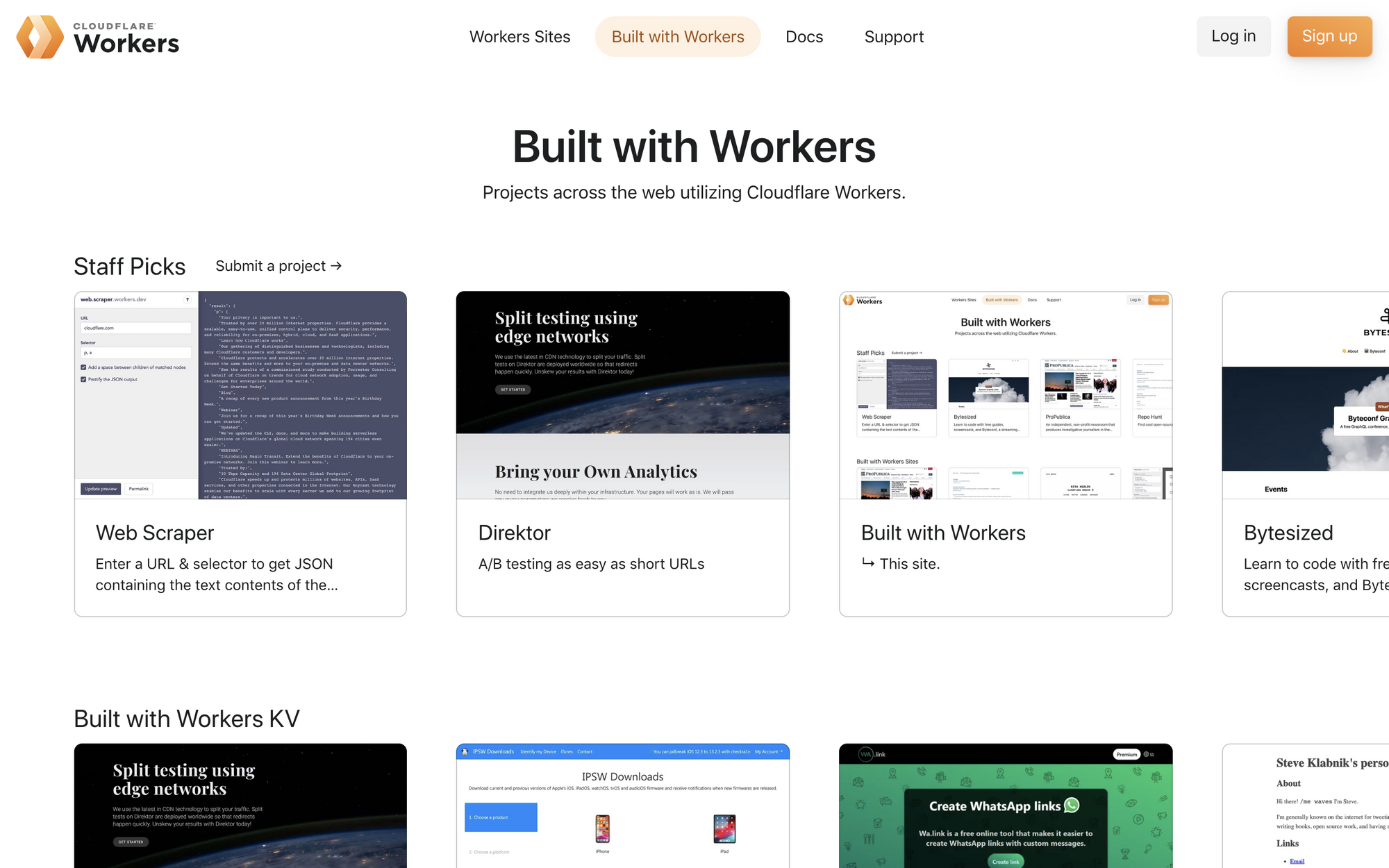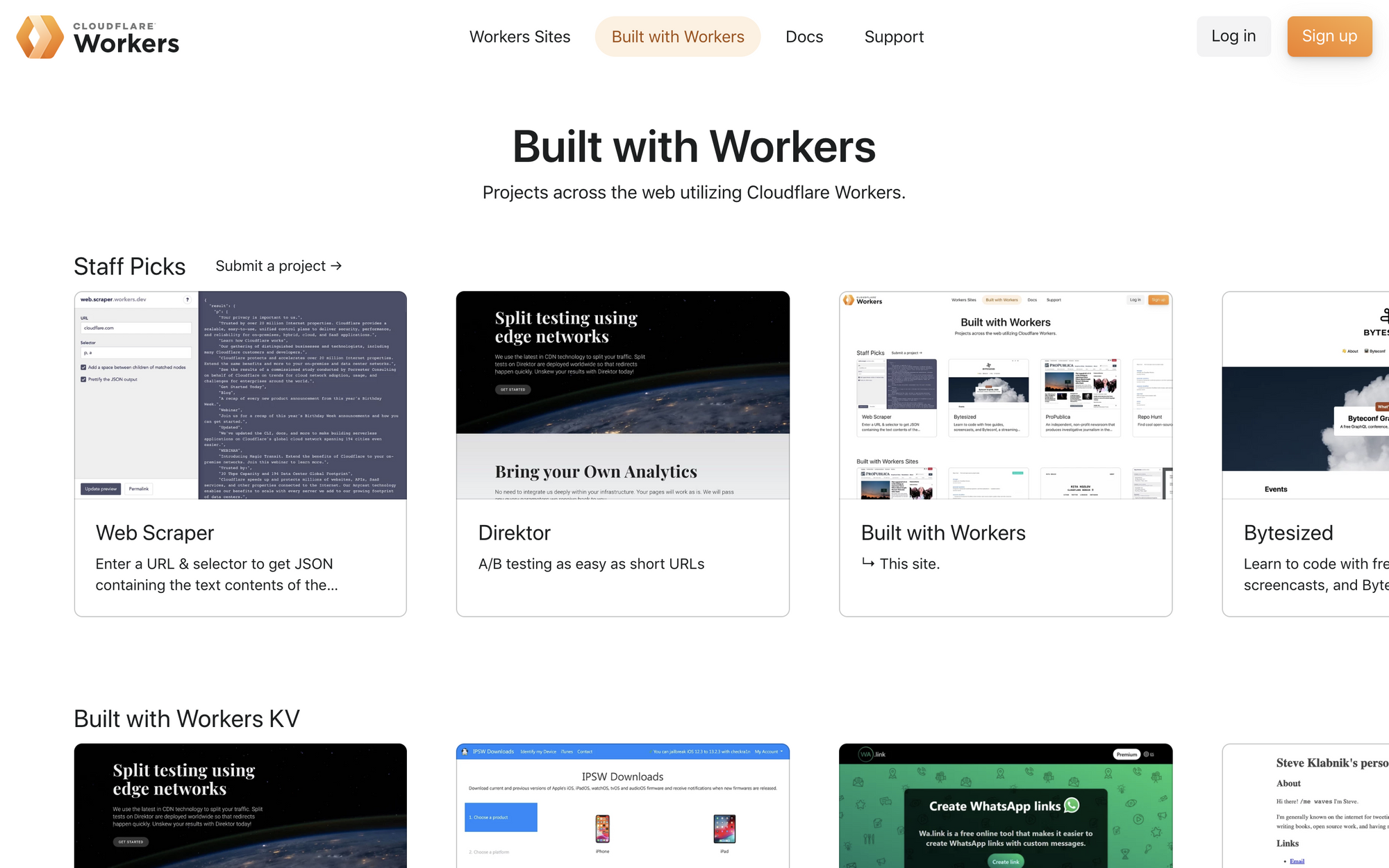Day Two Cloud 033: Cloud Governance – Bringing Order To Your Cloud Chaos
Your cloud is starting to look like the wild West. Accounts and subscriptions are created willy-nilly. Your devs have stitched together a networking nightmare. Nothing is named or tagged consistently. Today's Day Two Cloud episode explores how to bring some governance order to your chaos. Our guest is Steve Buchanan, Cloud Architect at Avanade. We discuss how to apply practical governance to the nebulous and ever-changing world of cloud.
The post Day Two Cloud 033: Cloud Governance – Bringing Order To Your Cloud Chaos appeared first on Packet Pushers.
Day Two Cloud 033: Cloud Governance – Bringing Order To Your Cloud Chaos
Your cloud is starting to look like the wild West. Accounts and subscriptions are created willy-nilly. Your devs have stitched together a networking nightmare. Nothing is named or tagged consistently. Today's Day Two Cloud episode explores how to bring some governance order to your chaos. Our guest is Steve Buchanan, Cloud Architect at Avanade. We discuss how to apply practical governance to the nebulous and ever-changing world of cloud.EtherealMind’s Fifteen Networking Truths (Rules of Networking)

My take on RFC1925.
The post EtherealMind’s Fifteen Networking Truths (Rules of Networking) appeared first on EtherealMind.
AT&T Employees Pay Price for SDN
“By going SDN these very big network operations are becoming extremely efficient to run, and that...
Windstream SD-WAN Gains Data Analytics Services
WE Connect Insights gathers and evaluates data to help users make better-informed decisions about...
SAP’s Cloud Focus Shows Promise
However, modest 2020 growth expectations left investors feeling mixed.
Dremio CEO: Open Cloud Data Lake Levels on the Rise
Open cloud data warehouses are still data warehouses, and savvy enterprises are moving directly to...
JAMstack at the Edge: How we built Built with Workers… on Workers

I'm extremely stoked to announce Built with Workers today – it's an awesome resource for exploring what you can build with Cloudflare Workers. As Adam explained in our launch post, showcasing developers building incredible projects with tools like Workers KV or our streaming HTML rewriter is a great way to celebrate users of our platform. It also helps encourage developers to try building their dream app on top of Workers. In this post, I’ll explore some of the architectural and implementation designs we made while building the site.
When we first started planning Built with Workers, we wanted to use the site as an opportunity to build a new greenfield application, showcasing the strength of the Workers platform. The Workers Developer Experience team is cross-functional: while we might spend most of our time improving our docs, or developing features for our command-line interface Wrangler, most of us have spent years developing on the web. The prospect of starting a new application is always fun, but in this instance, it was a prime chance to ask (and answer) the question, "If I could build this site on Workers with whatever tools I want, what would I choose?"
A guiding Continue reading
Announcing Built with Workers

Ever since its initial release, Cloudflare Workers has given JavaScript developers a platform to enable building high-performance applications with automatic scaling.
As with any new technology, we know it can be a bit intimidating to get started. For one thing, running code on the edge is a paradigm shift—forcing us to rethink classic web architecture problems, or removing them altogether. For another, since you can build just about anything, it can be challenging to figure out what to build first.
Today we’re launching Built with Workers, a new site designed to help get those creative juices flowing and unblock you, by answering that simple but important question: What can I build with Cloudflare Workers?

Some time in 1999, at age 11, I received my first graphing calculator. It was a TI-82 that my older sister no longer needed. It was on this very calculator that I learned to write code. Looking back, I’m not sure how exactly I had the patience or sanity to figure it all out.
It was a mess. Among the many difficulties were that I had to type the code out on the calculator’s non-QWERTY keyboard, the language I was writing in didn’t have Continue reading
Transforming XML Data With Ansible
Some network devices return structured data in either text- or XML format (but cannot spell JSON). Ansible prefers getting JSON-formatted data, and has a number of filters to process text printouts… but what could you do if you want to work with XML documents within Ansible? I described a few solutions in Transforming XML Data in Ansible.